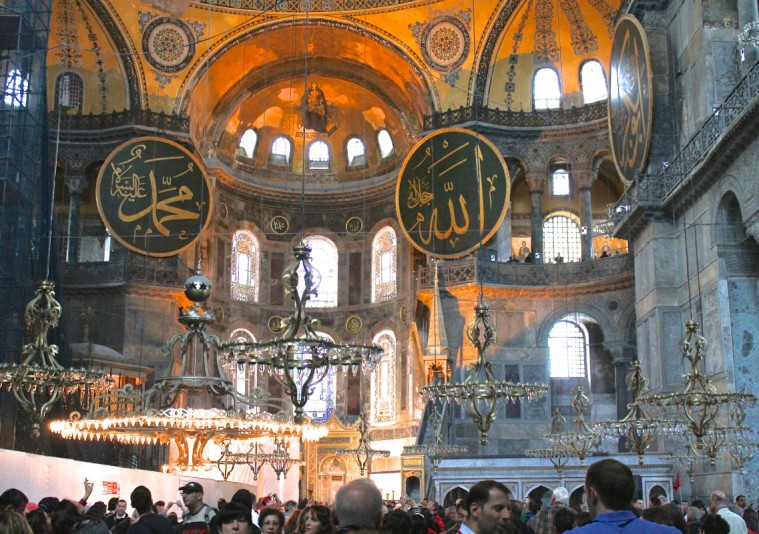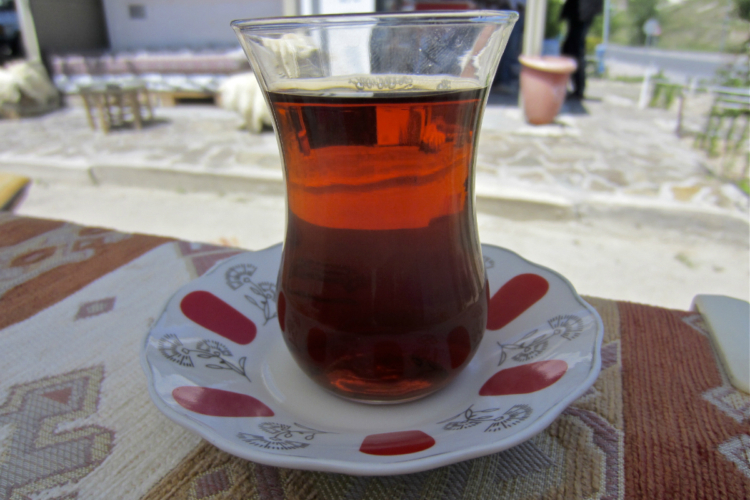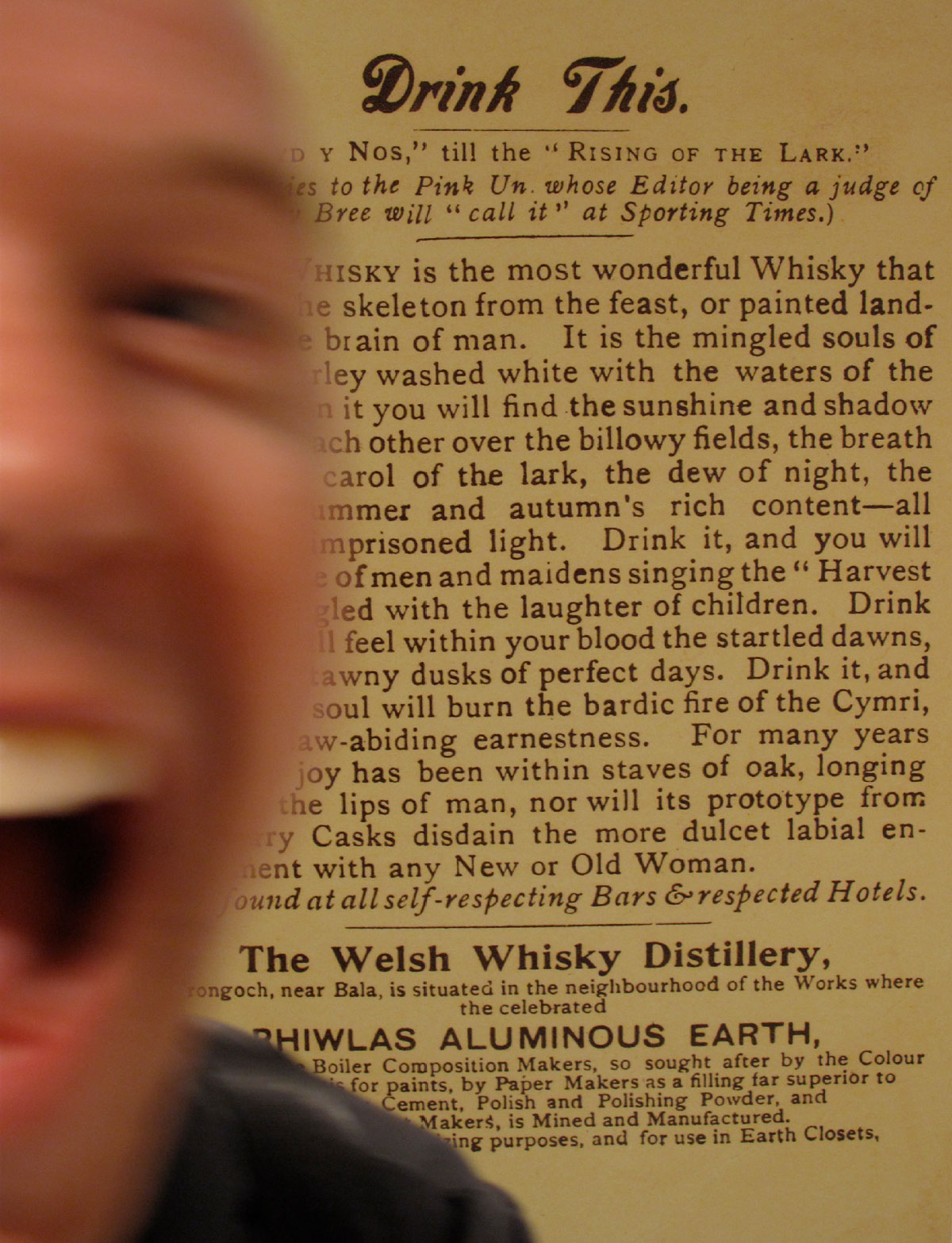DESTINATIONS

Turkey: Istanbul
The Republic of Turkey has been pushed and pulled by the eastern and western worlds for centuries, absorbing influences and cultural attitudes from both Europe and the Middle East.
Wherever you head, Istanbul, with 15 million people, will be your first stop. It has been the cosmopolitan centre of the region since it was founded as Constantinople in 330 AD. The Bosphorus Strait, a shipping lane that links the Black Sea and the Marmara Sea dividing Istanbul in two, is one of the boundaries between Europe and Asia. So geographically, half the town is in Europe and the other half across the Bosphorus is in Asia.
Hit the sacred sites. When you realize that the obelisk you’re looking at is 3,500 years old—in the ancient Hippodrome once used for chariot racing—you begin to get a sense of the scope of the history here. Everywhere you turn in the Old City of Istanbul, you will uncover evidence of civilizations past through the churches and mosques. An exemplary example is the Church of the Holy Saviour in Chora, a museum with delicate mosaics and frescoes lining the ceiling.
Of the many mosques in Istanbul, Sultan Ahmed Mosque (Blue Mosque) is the one the tourists flock to, a marvel of Ottoman architecture dating from 1616, containing more than 20,000 Iznik tiles within its cascade of domes.
Nearby Saint Sophia Basilica is one of the most important monuments of all time, originally built in 6th century AD and now a museum. With its giant dome and marble slabs, it was the biggest church in the world for more than 1,000 years, a marvel of engineering at the time. The architect was said to be receiving instructions from angels during the night. One of the doors is from 2 BC, the oldest door in the world, covered with chiselled bronze plates. Be sure to check out the Viking graffiti from the 9th century on the marble in the upper gallery.
Pop into the palaces. Topkapi Palace, the home of Ottoman sultans between roughly 1500 and 1850, is situated at the water’s edge, a city within a city. Go early in the day, and make a beeline for the Treasury first, as there is usually a long line of people waiting to see the feast of artifacts—including two 50-kg solid gold candelabras with 6,666 diamonds each and the 86-carat Spoonmaker’s diamond.
Dolmabahçe Palace, built in 1856, was the next home base for the sultans up until 1923 when the Republic was created. Visit just for the opulence: more than 250 chandeliers, 500 candelabras, beautiful parquet flooring, baccarat crystal everywhere. Everything that looks like gold, is gold—almost 14 pounds of it over 265 rooms. The 2,000 square-metre grand hall, with it’s 4.5 ton English chandelier, was definitely designed to impress foreign dignitaries. Only 3,000 visitors are allowed in per day, so go early.
Make a deal. The Grand Bazaar is one of the oldest covered markets in the world, dating from 1461. Famous for its shopkeepers just about as much as the jewellery, carpets, leather, embroidery, spices and antiques they sell, its 60 streets house 3,000 of shops.
A stop at the Spice Market at the southern end of the Galata Bridge near the Eminönü ferry docks will net you superb coffee and everything your spice cabinet requires, and then some.
Smell the rich. A sail on the Bosphorus Strait will net you a look at the trillion dollar homes that line it. The wooden mansions are some of the most expensive homes in the world. Maybe this is a sunset cruise? Try to work it in, along with a pop over to the Asian side of town for a full day of shopping along Bagdat Avenue, chockablock with both high- and mid-range international shops and small boutiques.
Chow down. Most meals in Turkey start with a meze, an array of small dishes including cheeses, eggplant salad, red peppers, yogurt, humus, olives, fava beans and sarma or rice-stuffed grape leaves. Resist the urge to fill up on all this, though, because a nice whole grilled sea bream, grilled lamb or kofte (meatballs) will not be far behind. Keep an eye out for testi kebab (nothing to do with testicles), an Anatolian beef, lamb or chicken stew baked slowly in clay jugs with green peppers, tomatoes, garlic and butter—perfect harmony, served on bulgur wheat.
Pop the corks. Turkish wine is well worth trying and will surprise you; this is the Old World after all. Be sure to try the national spirit racı, a grape brandy flavoured with anise (similar to ouzo).
When you go. Turkey is great for both back-packers and those who have already done Europe and are looking for something more exotic. Because traffic congestion is beyond terrible in Istanbul, making aggressive driving commonplace, it’s best to do as much exploring as you can on foot. Watch out for pickpockets, especially in the crowded tourist areas.
April, May, September and October are the best months to visit Turkey, as the summer is generally really hot and humid.




